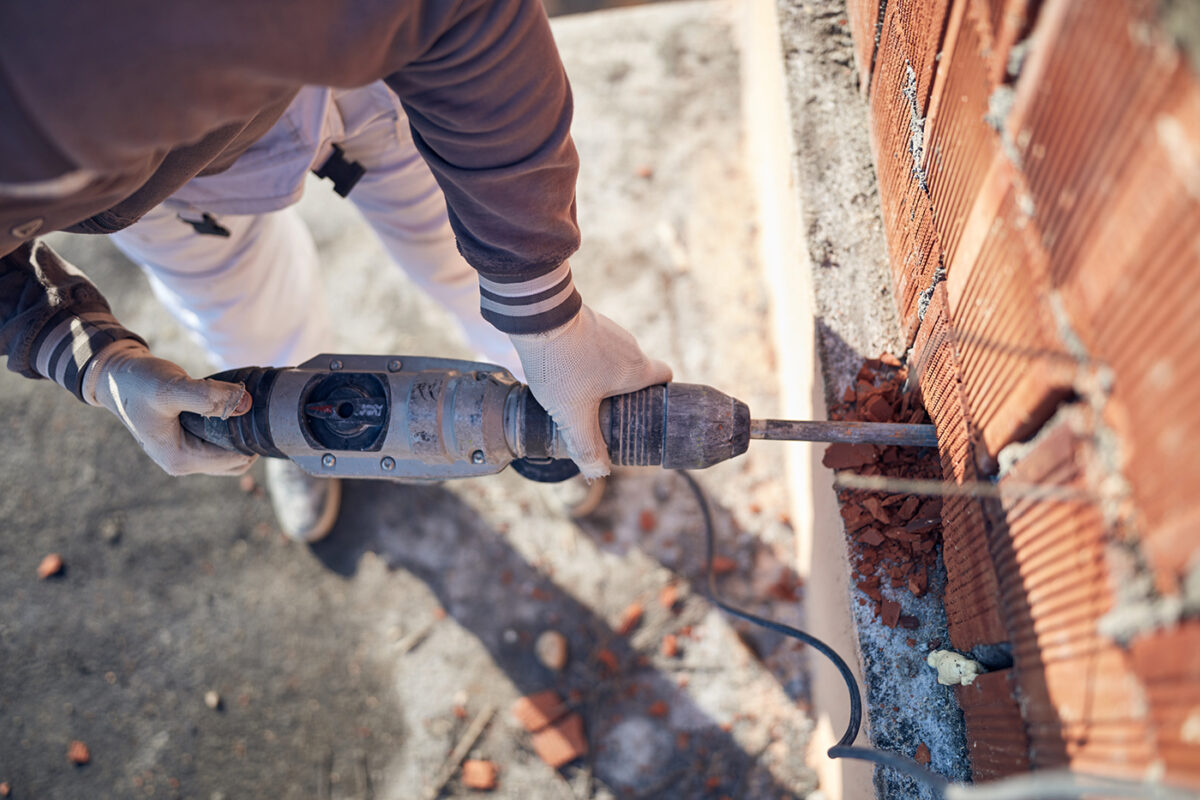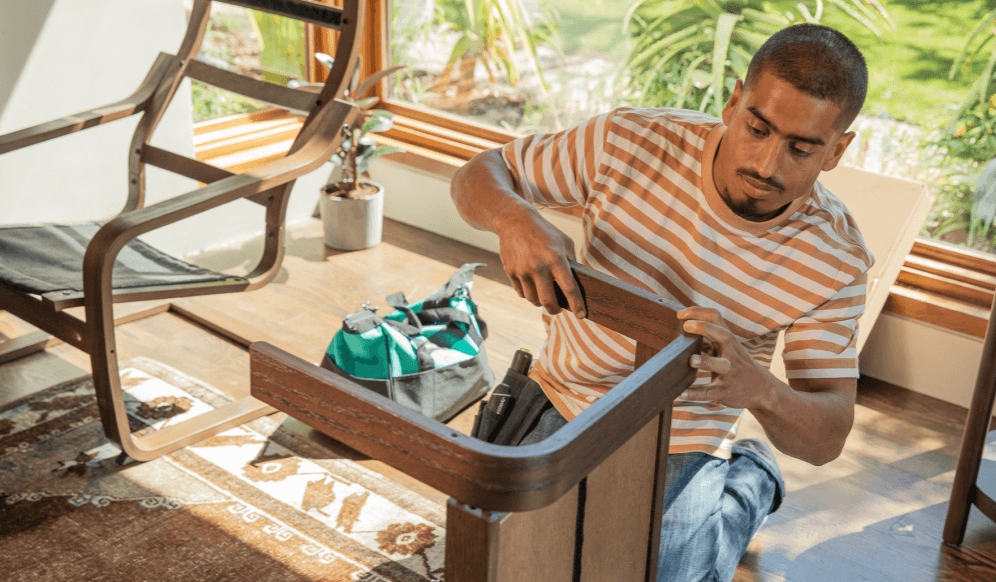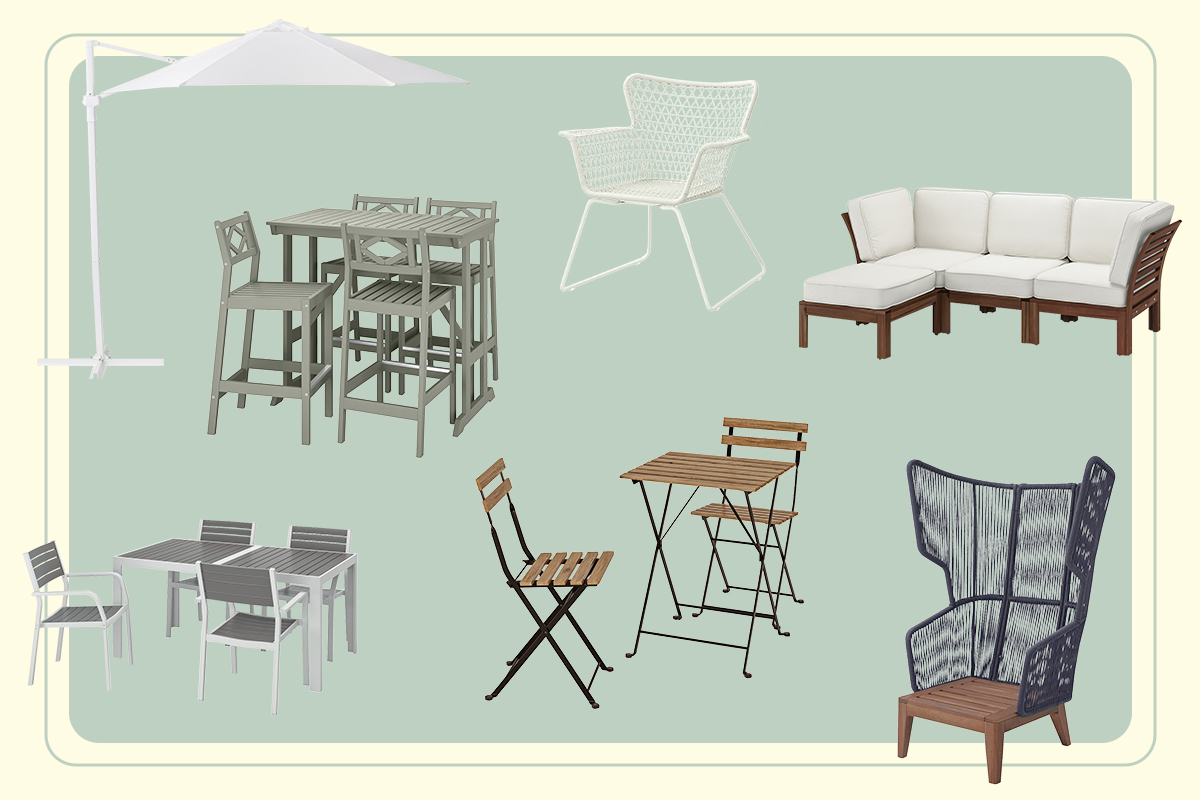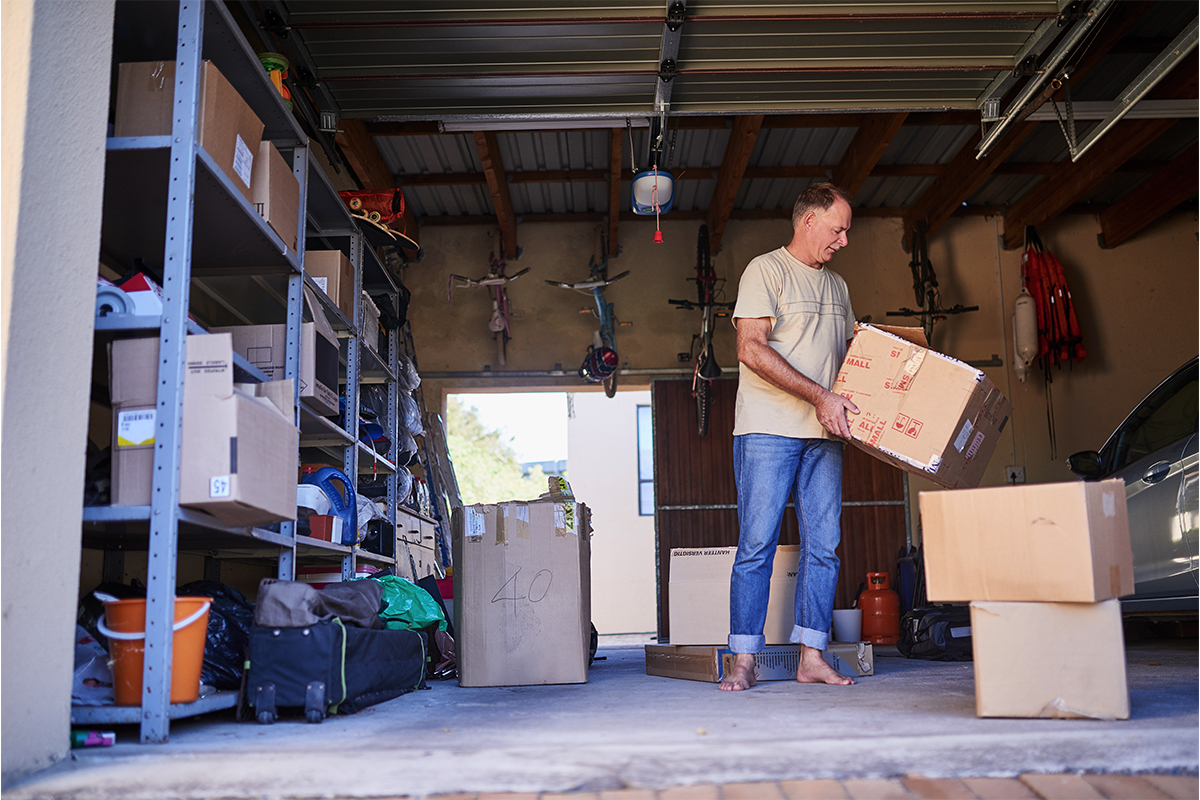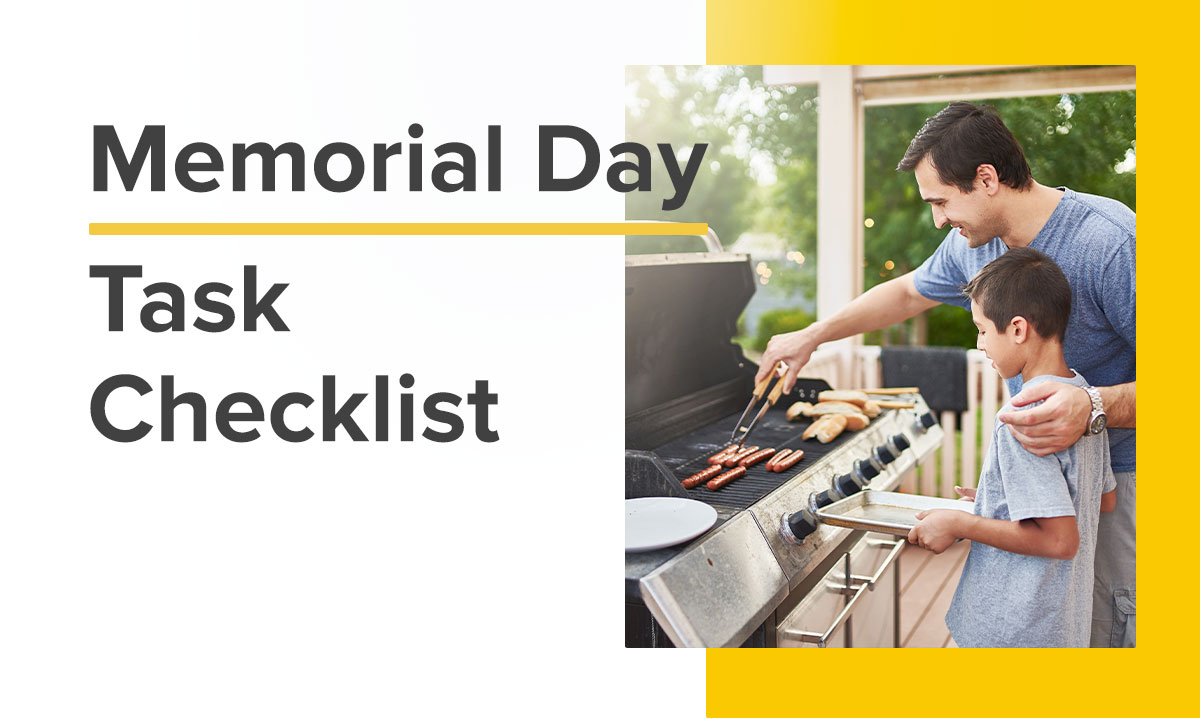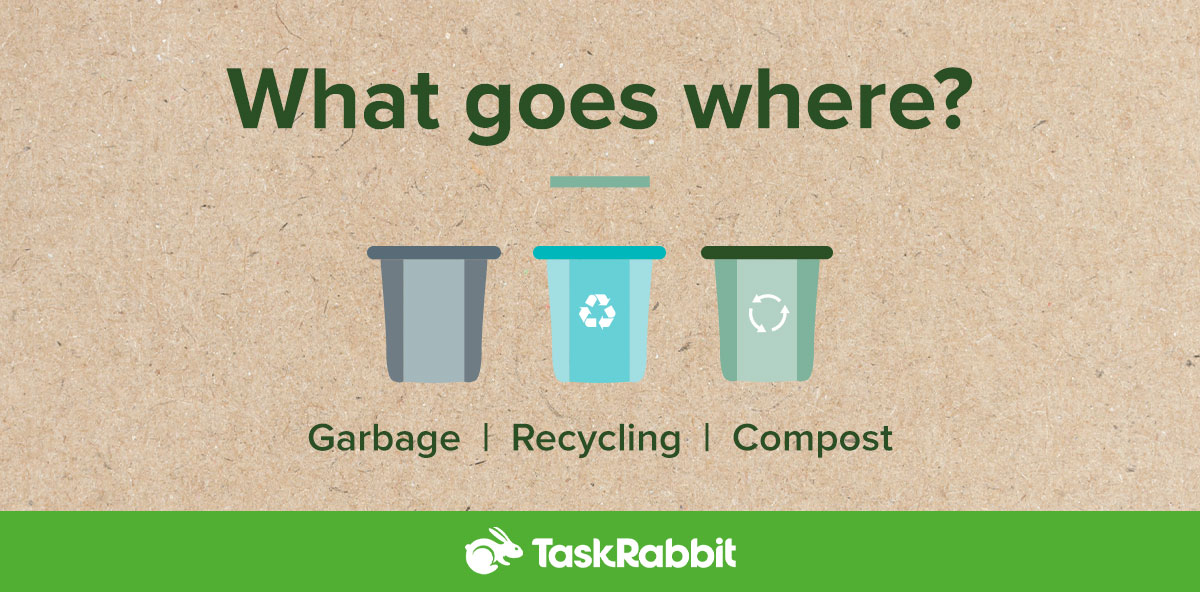Brick is renowned for its durability and resistance, making it a popular choice for construction projects. However, drilling into brick isn’t impossible, even though it is a hard material. This article will serve as a comprehensive guide for those who want to know how to properly hang things on brick walls, providing valuable insights and techniques for successful drilling into brick.
Whether you’re a DIY enthusiast or a professional tackling home improvement projects, this guide will equip you with the necessary knowledge to drill holes into brick walls efficiently and securely. By understanding the right techniques and tools, you can confidently approach tasks like hanging shelves, mounting televisions, or installing fasteners on brick surfaces.
Drilling Into Brick or Mortar
When drilling holes for home improvement projects involving brickwork, you have two options: the brick itself or the mortar joints. Drilling into brick requires the right know-how and tools like a hammer drill or rotary hammer drill along with masonry drill bits made of tungsten carbide for hard materials. Brick is denser, so it can support heavier fasteners and wall anchors, but it demands a pilot hole first.
Mortar is softer, making it easier to drill into using even a regular drill. While mortar requires less drilling power, it can’t bear as much weight as brick. So for larger holes or securing heavier objects, brick is the better option despite being tougher to drill through. Smaller DIY projects involving light items can likely use mortar joints.
Consider the desired depth, the type of brick, the age of brickwork, and what you’re mounting when deciding between brick or mortar. Always use protective gear like safety glasses and a respirator to guard against brick dust. The right drill with enough hammer function is key for a smooth drilling experience.
Safety Considerations When Drilling Into Brick

Before drilling into a brick wall, it’s crucial to prioritize safety measures to prevent potential injuries or damage:
- Use appropriate protective gear, such as safety glasses and a respirator, to shield yourself from flying debris and brick dust.
- Be cautious of the drilling depth, as brick walls may conceal electrical wires or other hazards that could be struck if you drill too deep.
- If you’re unsure about the wall’s structure or the presence of any hidden obstacles, consult a professional handyman or contractor.
- When securing heavy objects, always use suitable concrete anchors or masonry screws to ensure a safe and secure installation.
- Consider using a corded drill instead of a cordless one, as a corded drill typically offers more power and control, reducing the risk of kickback or loss of control during the drilling process.
Supplies Needed

To drill into brick successfully, you’ll need to gather the appropriate materials and tools. Here’s what you’ll need:
Materials
- Masonry drill bits (with tungsten carbide tips)
- Anchor screws/concrete anchors/concrete bolts (depending on project needs)
- Wall plugs/shields (for extra support, if needed)
Tools
- Type of drill
- Hammer drill (for standard holes)
- Rotary hammer drill (for bigger holes)
- Regular power drill
- Socket set or socket bit for drill
- Screwdriver
- Safety gear
- Safety glasses
- Respirator/dust mask
- Gloves
Having the right masonry drill bits and anchors/fasteners is crucial for drilling into brick effectively and securely mounting objects. A hammer drill or rotary hammer drill is recommended for heavy-duty projects, while a regular power drill may suffice for lighter tasks.
How to Drill Hole Into Brick
1. Choose the Right Drill Bit

For drilling into brick, you’ll need a masonry drill bit made of tungsten carbide or diamond-tipped bits for the hardest bricks. Regular drill bits won’t be effective.
2. Adjust the Drill Depth (Optional)
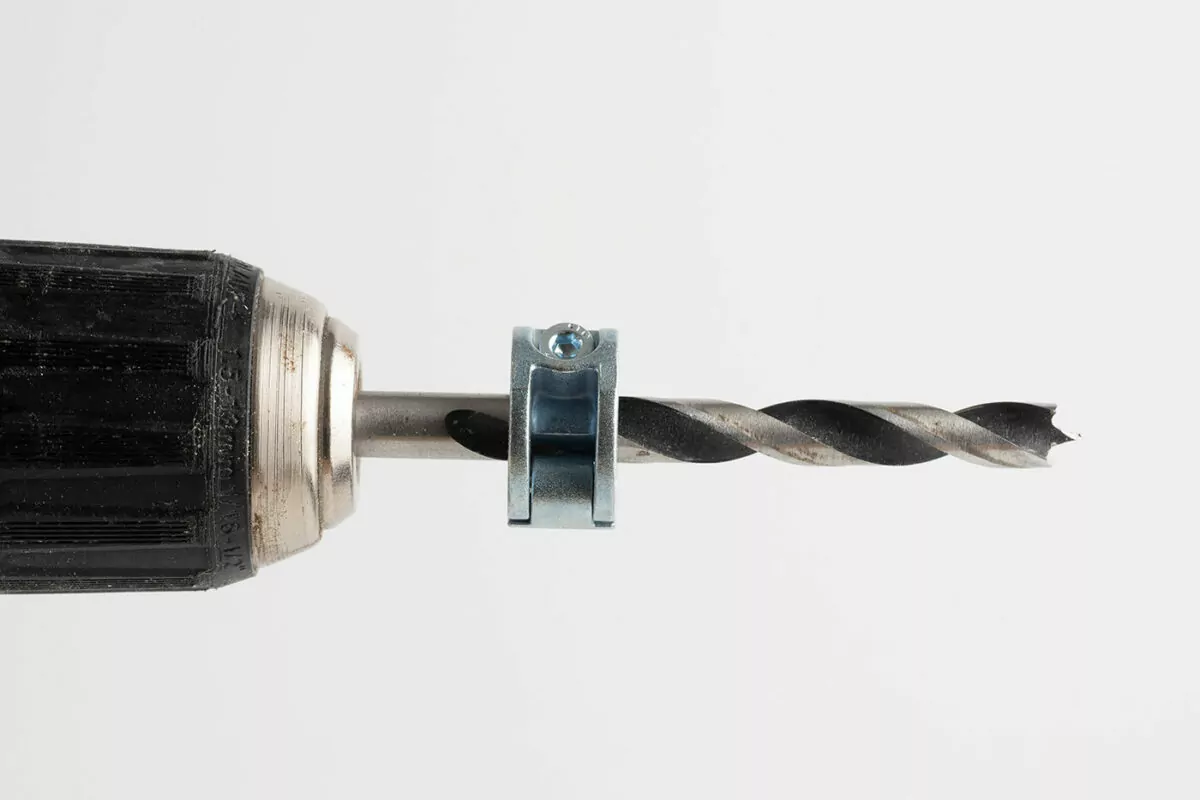
If your drill has a depth stop, adjust it to your desired depth to avoid drilling too deep. Alternatively, mark your bit with tape at the needed depth.
3. Mark the Drill Area

Use a permanent marker to mark where you want to drill on the brick surface, staying at least 1 inch from any edges to prevent cracking.
4. Drill a Pilot Hole

Set your drill to hammer mode, and begin by slowly drilling a pilot hole at the marked spot to prevent the bit from wandering.
5. Drill the Main Hole

After the pilot hole, continue drilling with steady pressure, periodically removing the bit to clear brick dust from the hole.
6. Vacuum the Hole

Use a vacuum with a crevice tool to remove any remaining brick dust from the drilled hole before inserting anchors or screws.
7. Insert Anchors/Screws

Finally, insert appropriate masonry anchors or screws into the clean hole to securely mount your desired fixture or object.
By following these steps and using the right masonry drill bits and techniques, you can successfully drill holes into brick for all your mounting needs.
How to Hang Things on Brick
After successfully drilling a hole into the brick, you’ll need to securely attach whatever item you’re hanging using the appropriate hardware. Follow these steps:
1. Clear the Drilled Hole

Use a vacuum with a crevice tool or brush to clear any remaining brick dust from the drilled hole thoroughly. Debris left in the hole can prevent the anchor from setting properly.
2. Insert the Anchor

Choose an anchor rated for the weight you’ll be hanging and the correct size for your drilled hole diameter. Gently tap the anchor into the hole using a hammer until it is flush with the brick surface or slightly recessed.
3. Place the Screw

When screwing into brick, insert the screw through the item you’re hanging, then into the open end of the anchor sleeve. Tap the screw head lightly with a hammer to help set the anchor sleeve deeper into the hole if needed.
4. Tighten the Screw

Using a screwdriver or drill/driver, tighten the screw into the anchor as tight as possible without stripping the head. This will expand the anchor and lock it securely into the brick hole.
Make sure to choose appropriately sized anchors and screws/bolts rated for the weight you’ll be hanging on the brick. For heavier objects, you may need more robust metal sleeve anchors instead of plastic ones. Properly setting the anchors ensures your mounted items stay securely fastened.
Hire a Tasker to Do the Job

If drilling into brick and properly mounting items sounds too daunting or time-consuming, consider hiring a Tasker to get the job done right. Taskrabbit makes it easy to find reliable and skilled Taskers for all your mounting and installation needs.
With transparent pricing, you can get upfront quotes and browse ratings/reviews from previous customers. Chat with Taskers about your specific project requirements to find the perfect fit. Taskers have experience safely drilling into brick, using the right anchors and hardware, and securely mounting TVs, shelves, artwork, and more on brick surfaces.
Simply go to Taskrabbit Wall Mounting Services, click “Book Now,” and enter your project details. You can view available Taskers in your area, see competitive rates, and easily schedule a convenient time for the job to be completed properly and efficiently.
Don’t risk damaging your brick walls or having items fall—let Taskrabbit connect you with a vetted and skilled Tasker. Get your mounting job done right the first time!
